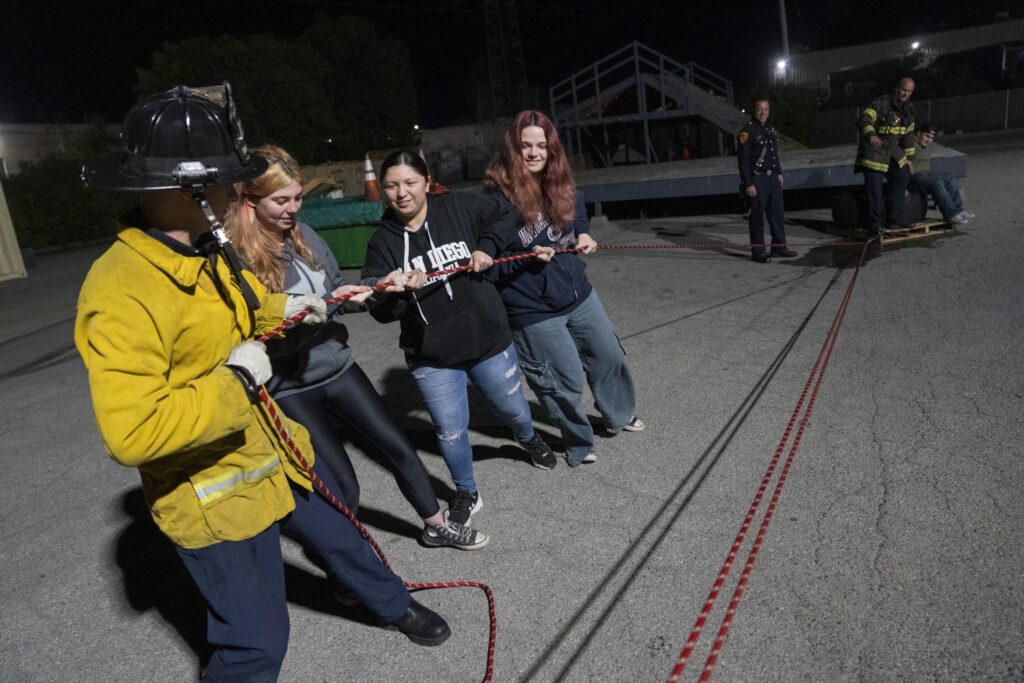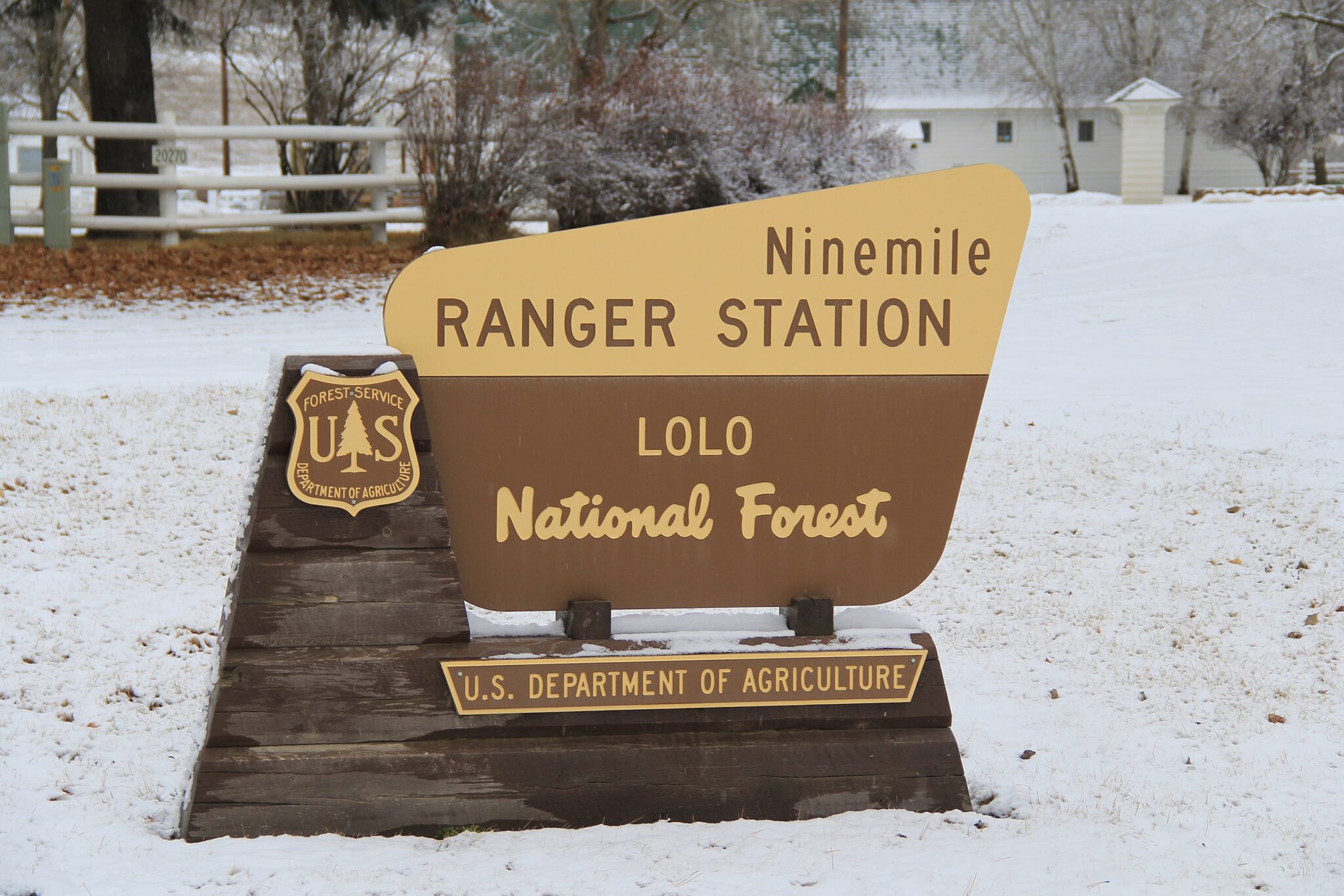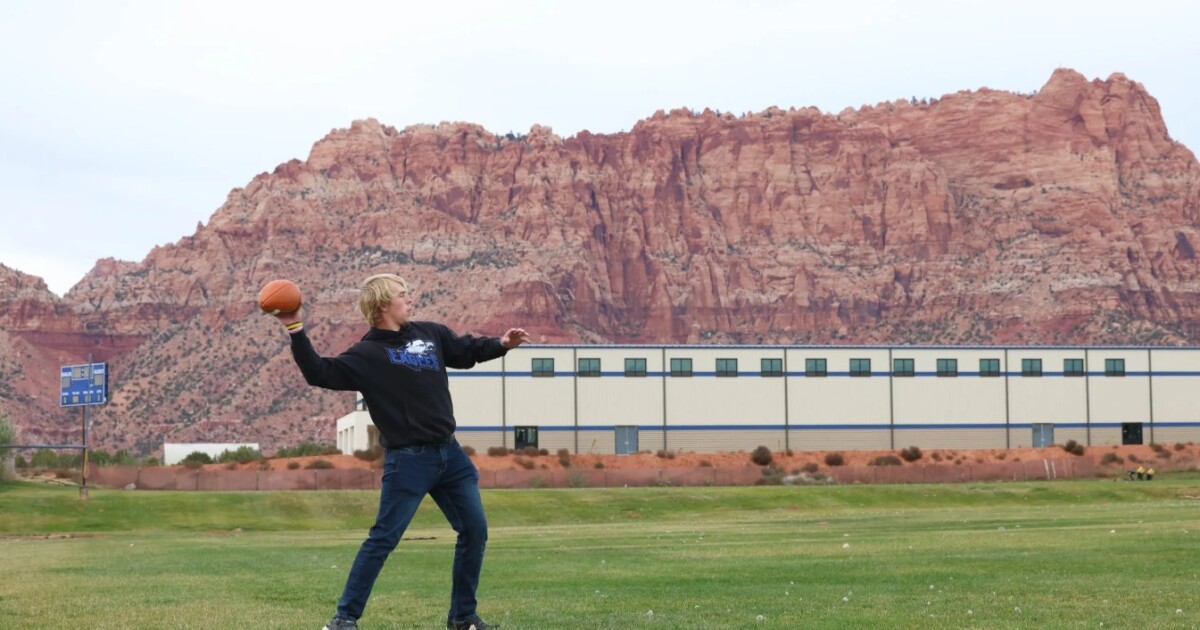WATSONVILLE, Calif. — Gavin Abundis observed as firefighter Adrian Chairez demonstrated rappelling techniques using pulleys and harnesses. “You’ve probably seen it in the movies where they’re going down ‘Mission: Impossible’ style,” Chairez remarked with a chuckle, preparing to step off a tower. Abundis, a senior at Aptos High School, was drawn to a fire technology class, inspired by friends affected by fires in California, which are increasing in frequency and intensity due to climate change.
“Knowing that there’s something I can do to serve my community definitely encourages me to pursue this career,” Abundis stated. Demand for the course has skyrocketed, leading the Santa Cruz County Office of Education and the Watsonville Fire Department to double offerings. “There was a time when we would go into the schools and recruit students,” noted Rudy Lopez Sr., Watsonville fire chief. “Now, they just sign up.”
As climate change transforms environments and economies, there’s a growing need for jobs addressing fires, floods, and other natural disasters. Schools and community colleges are thus preparing students for careers in fire science, watershed protection, forestry management, and search and rescue. Student interest is high, with surveys indicating younger generations are more environmentally conscious and supportive of climate action.
Kate Kreamer, executive director of Advance CTE, notes an increase in climate-related CTE courses, though tracking is challenging due to political sensitivities and varying course names. For instance, a California community college program in “resiliency careers in forestry” now enrolls 700 students, up from 37 three years ago, as per the Foundation for California Community Colleges.
Santa Cruz’s fire science course is hands-on, involving gear handling, fire engine operations, and firefighting vocabulary. The course exposes students to firefighting careers, facing a staffing shortage in California. Entry-level firefighters can earn between $50,000 and $100,000 annually, according to California Professional Firefighters.
President Joe Biden’s initiatives, like the 2021 Infrastructure Investment and Jobs Act and the 2022 Inflation Reduction Act, have invested in climate-related jobs, including clean energy and wildfire prevention. However, under President Donald Trump, there was a reversal of these efforts, with cuts to climate scientists and research funding.
Communities affected by natural disasters see a demand for relevant jobs, transcending political divides, even in conservative areas where climate change is sometimes dismissed. John Gossett, president of Asheville-Buncombe Technical Community College, noted an increase in student interest in disaster-response fields after Hurricane Helene’s devastation, despite expected enrollment drops.
Southeastern Kentucky, recently hit by severe floods, is served by Hazard Community and Technical College, which is adapting courses to better prepare students for future disasters. Hazard is adding a swift water rescue component to its firefighter training and revising construction courses to focus on resilient rebuilding techniques.
Other institutions are proactively engaging students in disaster-response careers. John Boyd of Mayland Community College is introducing K-12 students to the field and building an environmental science center to educate about local ecological changes after Hurricane Helene.
In firefighting, career opportunities vary by region, with rural areas relying on volunteer squads. Health risks for wildfire firefighters are increasing. California’s wildfires are set to make 2025 one of the worst years on record, with Santa Cruz expecting 110 students to complete its fire science program.
—
Read More Kitchen Table News










